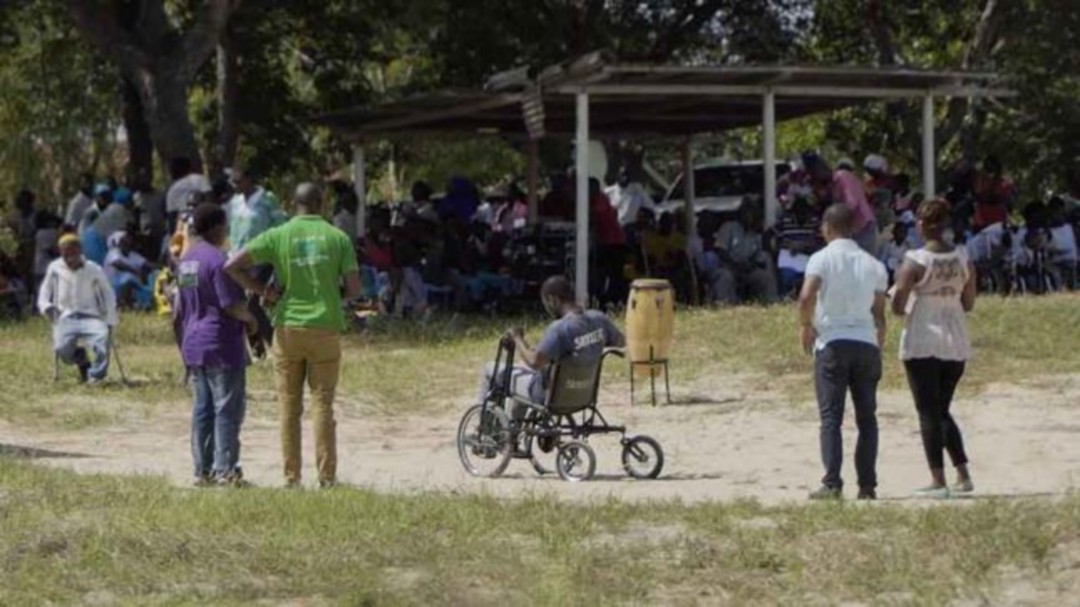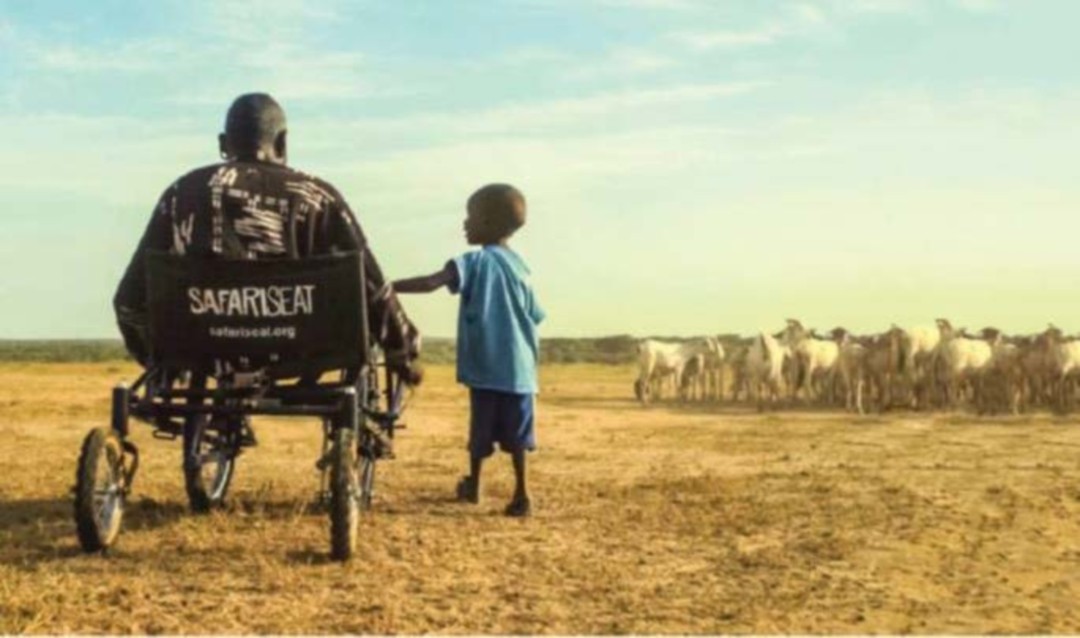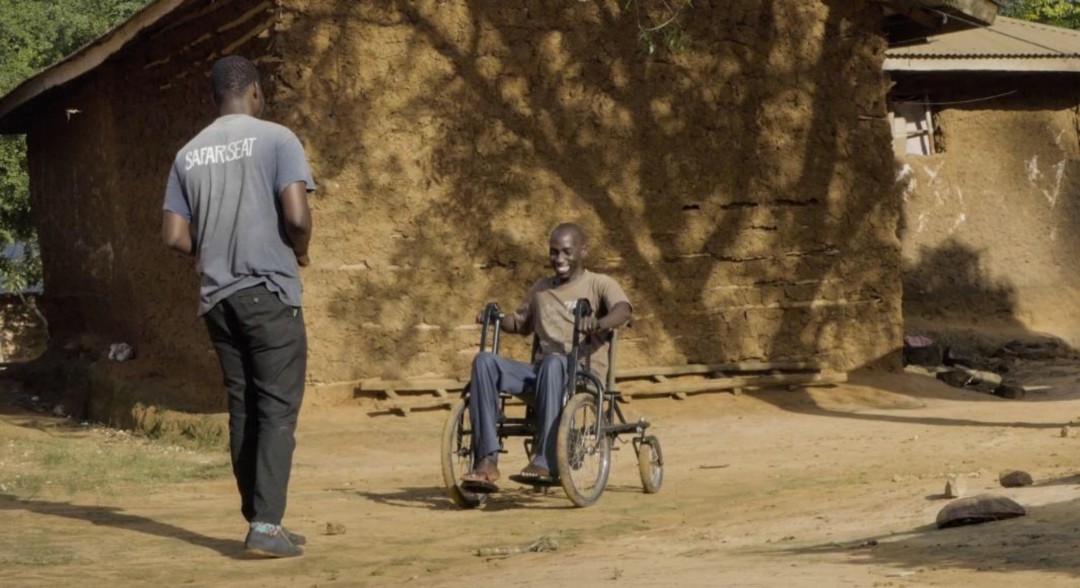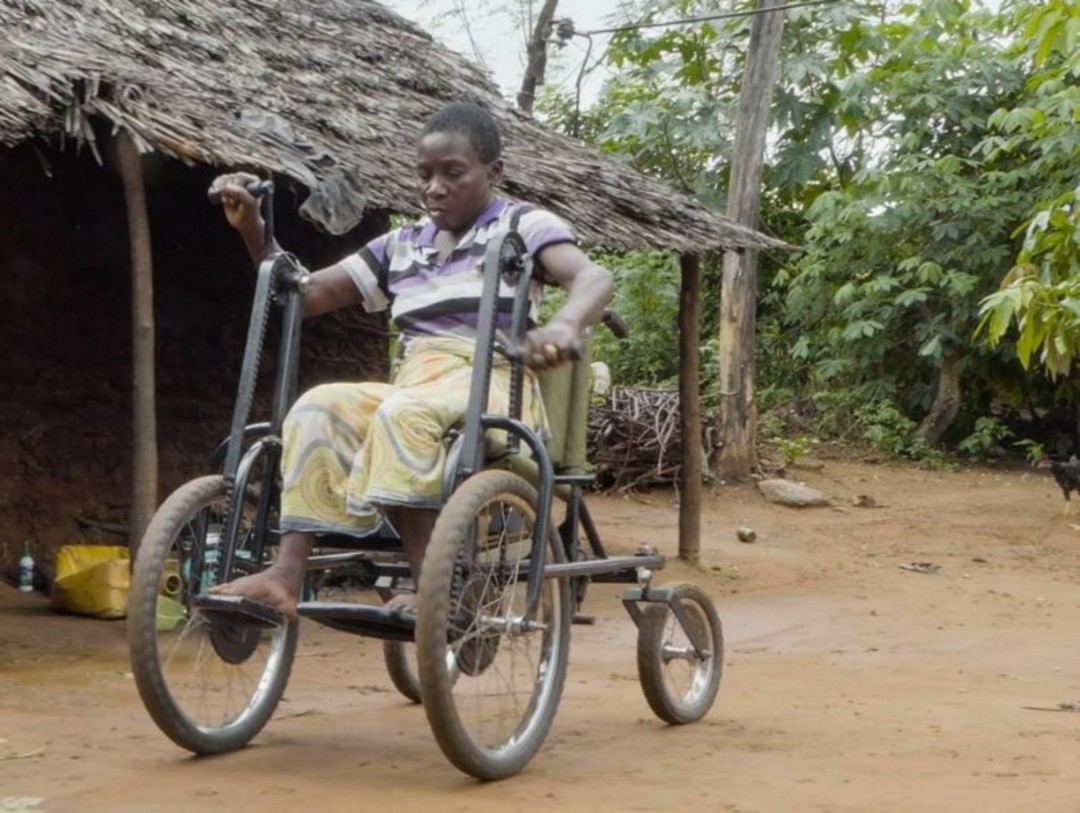Supporting people with a mobility impairing disability
The project aimed to support people with mobility impairment in achieving long-term self-reliance, economic empowerment, financial inclusion, and social inclusion in Mombasa and Nairobi Counties. It also aimed to change the narrative around People Living With a Disability (PLWD), usually perceived as powerless and a burden to society.
The end of project impact survey confirms that the Livelihood Project has delivered substantial and measurable improvements in the lives of participants and their families. Here are the key findings:
At the start of the project, 75% of participants were unemployed. By the end, this figure dropped to 11%. Participants diversified their income sources, with 50% engaging in self-employment, and others entering internships or part-time roles. The majority now earn between 16 USD and 48 USD per month, compared to near-zero income levels at baseline. Fourteen participants reported improved economic security and ability to cover personal and family expenses. All participants reported increased autonomy across daily tasks, mobility, and decision-making. This improved autonomy has also reduced the caregiving burden for family members, indirectly supporting their potential economic participation. All participants now feel more included in their communities, a rise from the 60% reported at baseline. Though barriers like stigma and transport limitations persist for some, social activity participation has expanded. Many have formed new relationships through their businesses. Access to technology also improved from 85% to 94%. Every participant expressed that their quality of life had improved, with none reporting dissatisfaction at the end of the project. There is evidence of increased confidence and improved mental health. Acquiring new skills (reported by 81%) and starting or managing a business (56%) were cited as the most impactful changes alongside enhanced community engagement and self-confidence. All interviewed family members agreed that the project positively affected their household. Greater independence among participants has led to decreased financial and caregiving pressure. Family members now have increased opportunities to pursue their own livelihoods, with many expressing interests in entrepreneurship if their caregiving role continues to lessen. While gender differences in outcomes were minimal, women were slightly more represented in part-time employment, while men showed more diversity in employment types.
These results highlight the significant positive impact the Livelihood Project has had on participants and their families.
Founded in 2017, The Accessibility Institute (TAI) is Swedish based incorporated non-profit and also a Social company in Kenya. Its mission is to help people build rich, fulfilling lives upon the foundation of mobility.
News
Type
Education / Community DevelopmentDuration
April 2023 - March 2025Location
Mombasa / KenyaWith whom
The Accessibility Institute
Website




Kenya
Population
49.7 million (2017)
Per Capita Income
USD 1,460/year (2017)
Poverty rate *
36% (2015)
Literacy rate
79% (2016)
Human Development Index
142nd out of 189 countries (2018)
Kenya’s macro-economic conditions have progressed over the past decade, improving the welfare of its population. However, a quarter of its population lives in urban informal settlements, arid and semi-arid rural areas and remain vulnerable to poverty, conflict, structural underdevelopment and disease. Even though national absolute poverty has declined overall, it remains high compared with neighbouring countries. Primary school enrolment has reached 100%. Access to household services such as electricity, improved drinking water and sanitation has steadily increased, even though coverage remains low (23%, 47% and 33% respectively). Youth unemployment and vulnerability to climate change remain key challenges.
Sources: World Food Program, UNICEF, World Bank, 2016 Human Development Report, Human Development Indices and Indicators (2018 Statistical Update)
*The percentage of the population living below the national poverty line.